Archives
- 2025-12
- 2025-11
- 2025-10
- 2025-09
- 2025-03
- 2025-02
- 2025-01
- 2024-12
- 2024-11
- 2024-10
- 2024-09
- 2024-08
- 2024-07
- 2024-06
- 2024-05
- 2024-04
- 2024-03
- 2024-02
- 2024-01
- 2023-12
- 2023-11
- 2023-10
- 2023-09
- 2023-08
- 2023-07
- 2023-06
- 2023-05
- 2023-04
- 2023-03
- 2023-02
- 2023-01
- 2022-12
- 2022-11
- 2022-10
- 2022-09
- 2022-08
- 2022-07
- 2022-06
- 2022-05
- 2022-04
- 2022-03
- 2022-02
- 2022-01
- 2021-12
- 2021-11
- 2021-10
- 2021-09
- 2021-08
- 2021-07
- 2021-06
- 2021-05
- 2021-04
- 2021-03
- 2021-02
- 2021-01
- 2020-12
- 2020-11
- 2020-10
- 2020-09
- 2020-08
- 2020-07
- 2020-06
- 2020-05
- 2020-04
- 2020-03
- 2020-02
- 2020-01
- 2019-12
- 2019-11
- 2019-10
- 2019-09
- 2019-08
- 2019-07
- 2019-06
- 2018-07
-
The second part of this study evaluated
2019-12-09

The second part of this study evaluated the role of CK1 in the eFABP4 cellular uptake in endothelial cells. By blocking CK1 expression using a specific siRNA, we corroborated that the presence of CK1 was fundamental for FABP4 cellular uptake and internalization in endothelial cells, thus decreased m
-
Increasing age among middle aged subjects years old was asso
2019-12-06

Increasing age among middle-aged subjects (30–59years old) was associated with higher levels of cholesterol synthesis markers (although without statistical significance) and also of cholesterol levosimendan markers (with statistical significance for campesterol and sitosterol); this finding is cons
-
Amphotericin B The applications of fungal enzymes
2019-12-06
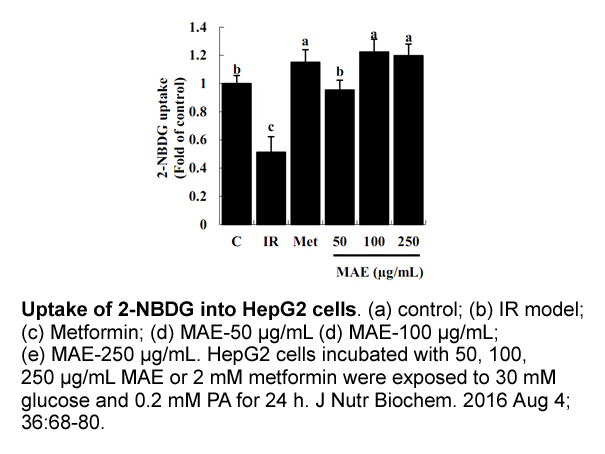
The applications of fungal enzymes in paper industry involve biobleaching of pulp, pulp de-inking, degradation of dissolved and suspended organic compounds in concentrated effluents of mills and enhanced fibrillation. Enzymes usage is encouraged in paper industry in order to reduce the use of chemic
-
Oleandrin br The contribution of Interference RNA
2019-12-06
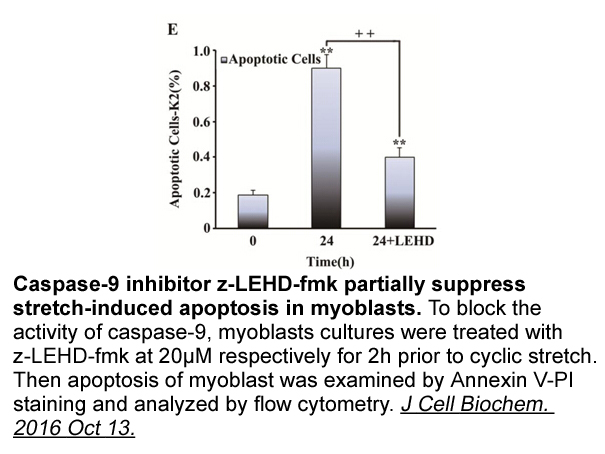
The contribution of Interference RNA and epigenetic in OA attenuation Interference RNA, a cellular mechanism for post-transcriptional gene silencing that is associated with mRNA. The potential of RNAi has successfully silenced the wide range of protein coding genes. Its high specificity sanctions
-
It is particularly notable that CYP D appears to
2019-12-06
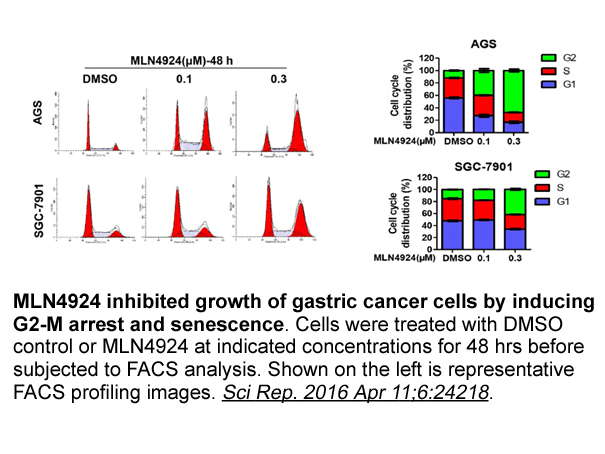
It is particularly notable that CYP2D6 appears to be the most stable of the major CYP450 XAP044 in its expression over time in vitro and appears to be least affected by culture conditions and sample to sample variability (i.e., CYP2D6 expression is remarkably consistent over time and between indivi
-
Among the Ub interactions observed in
2019-12-06
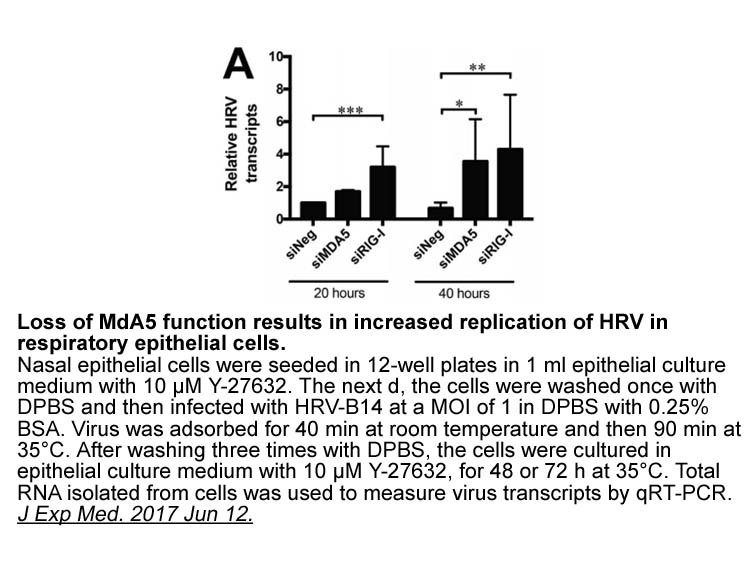
Among the ~Ub interactions observed in the HOIP structure is one that involves a RING2 domain (from the non-cognate HOIP) [47]. A similar binding interaction was defined between HHARI RING2 and the hydrophobic patch on Ub by NMR [54]. HHARI RING2 mutations that ablate the interaction inhibit formati
-
br E E backside interaction The
2019-12-06
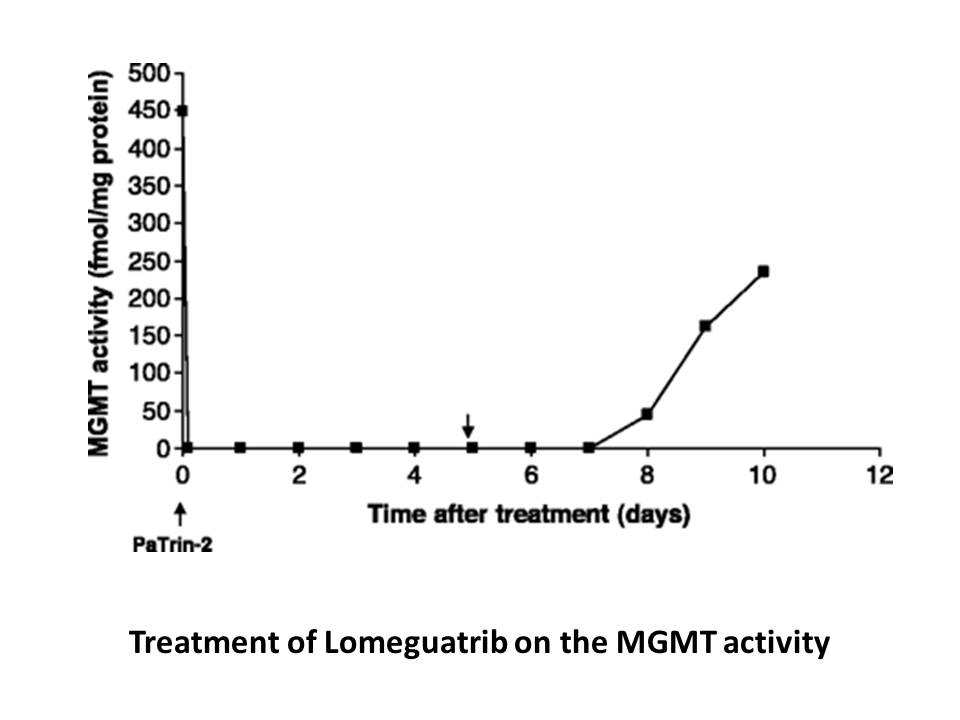
E3–E2 backside interaction The E2 possesses an important regulatory interface which is termed its backside as it is opposite to the catalytic cleft that bears the active-site cysteine forming the thioester with SUMOD. This backside site interacts noncovalently with a scaffold SUMOB and was origin
-
br Discussion The biochemical separation
2019-12-06
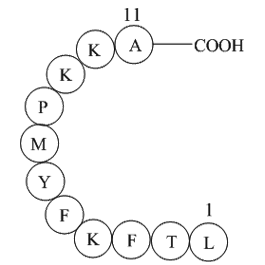
Discussion The biochemical separation of exonuclease activity from DNA-PK dependent endonuclease activity reported in this manuscript is consistent with genetic separation of Artemis enzymatic activity. Mutations in the protein which result in disruption of endonuclease activity have no effect on
-
In the case of high fidelity polymerases
2019-12-06
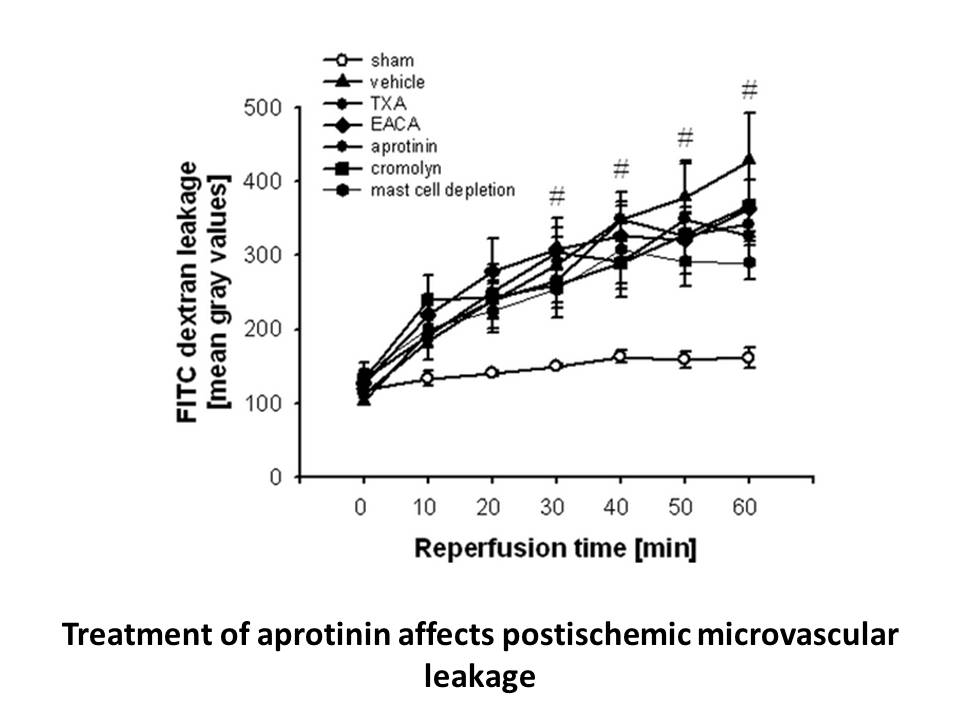
In the case of high-fidelity polymerases, we propose that water is used to achieve negative selection against nucleotide binding. With specialized DNA polymerases, we propose that nucleobase desolvation plays a different yet important role in allowing these enzymes to replicate damaged DNA. In this
-
Why then is leading strand DNA synthesis reduced relative
2019-12-06

Why then is leading-strand DNA synthesis reduced relative to lagging-strand synthesis in rad53-1 mutant AZD 3965 under replication stress? To gain insight into this question, we first determined whether the firing of late origins in rad53-1 mutant cells contributes to compromised leading-strand syn
-
In contrast to DDR the role of oligomerization
2019-12-06
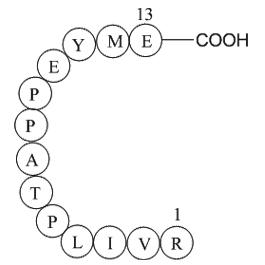
In Cinchonidine to DDR1, the role of oligomerization and/or clustering of DDR2 in mediating its interactions with collagen is less understood. Current data show that in DDR2, like in DDR1, (i) dimerization [7] and higher-order oligomerization of its ECD [11], [22] enhance its binding to collagen, a
-
br Introduction The discoidin domain receptors DDRs DDR
2019-12-06
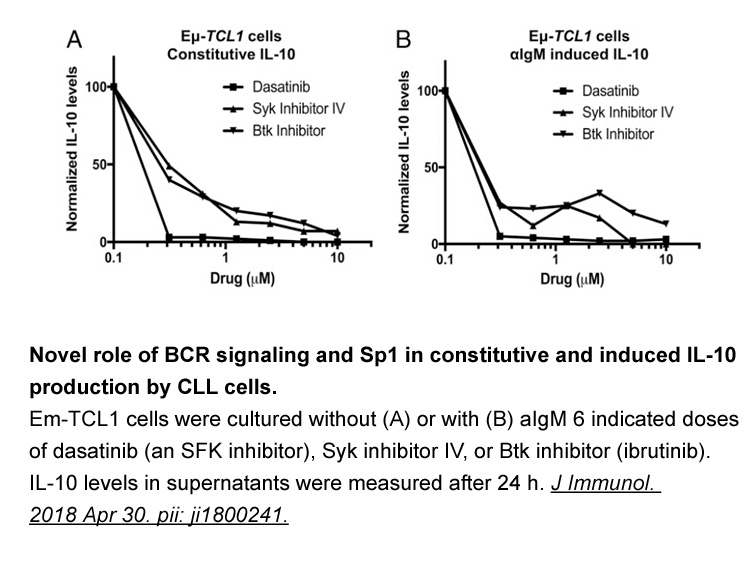
Introduction The discoidin domain receptors (DDRs), DDR1 and DDR2, are unique among the receptor tyrosine kinases (RTKs) in being activated by interaction with the extracellular matrix [1], [2]. Binding to triple-helical collagen is mediated by the receptor extracellular domains that include an N
-
Although several examples of selective reduction
2019-12-06
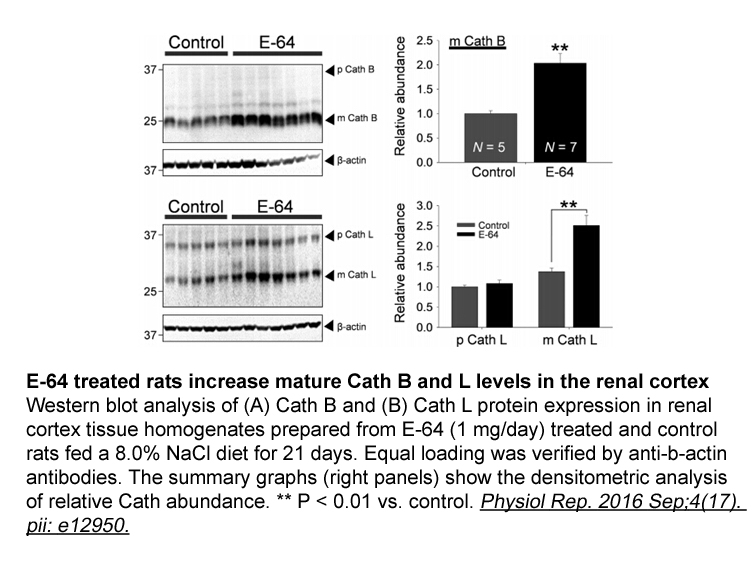
Although several examples of selective AP24534 of α-diazoesters to α-hydrazonoesters have been described in the literature, reports on practical and general examples of such a process are scarce. In this context, there was a need to devise a mild and general method for the selective reduction of α-
-
br Materials and methods br Results
2019-12-06
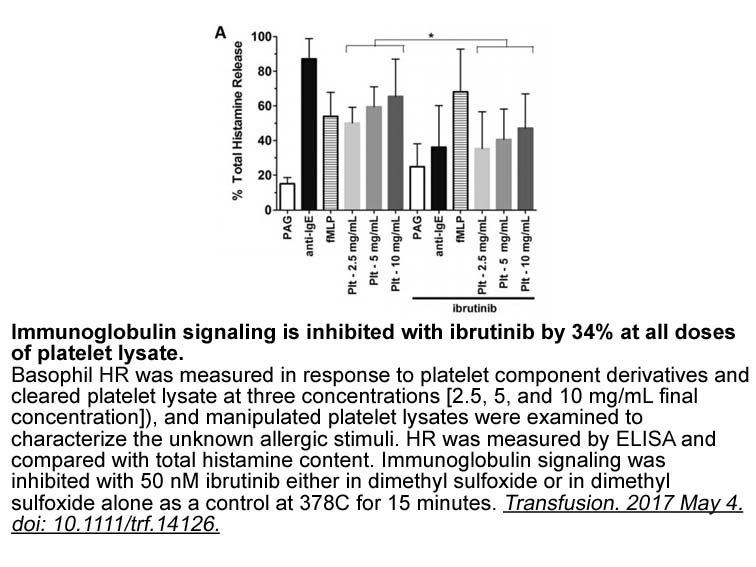
Materials and methods Results Discussion In the present study, as a trial to evaluate the marine ciliate E. crassus for further studies, its susceptibilities to B[a]P and β-NF were measured. Acute toxicity of B[a]P in aquatic organisms has been extensively studied, but not enough data is av
-
Deregulated Wnt signaling either due to
2019-12-06
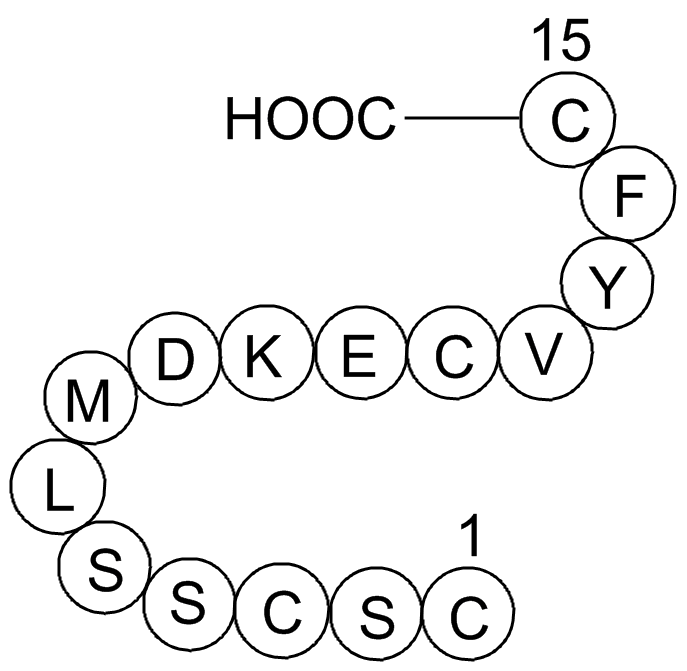
Deregulated Wnt signaling, either due to pathway mutations or otherwise aberrant pathway activity, is common in CLL [81], [82]. In addition to targets described above, alvocidib also inhibits glycogen synthase kinase 3 (GSK3)-β at higher nanomolar concentrations [37]. Despite intuition and experimen
14709 records 900/981 page Previous Next First page 上5页 896897898899900 下5页 Last page